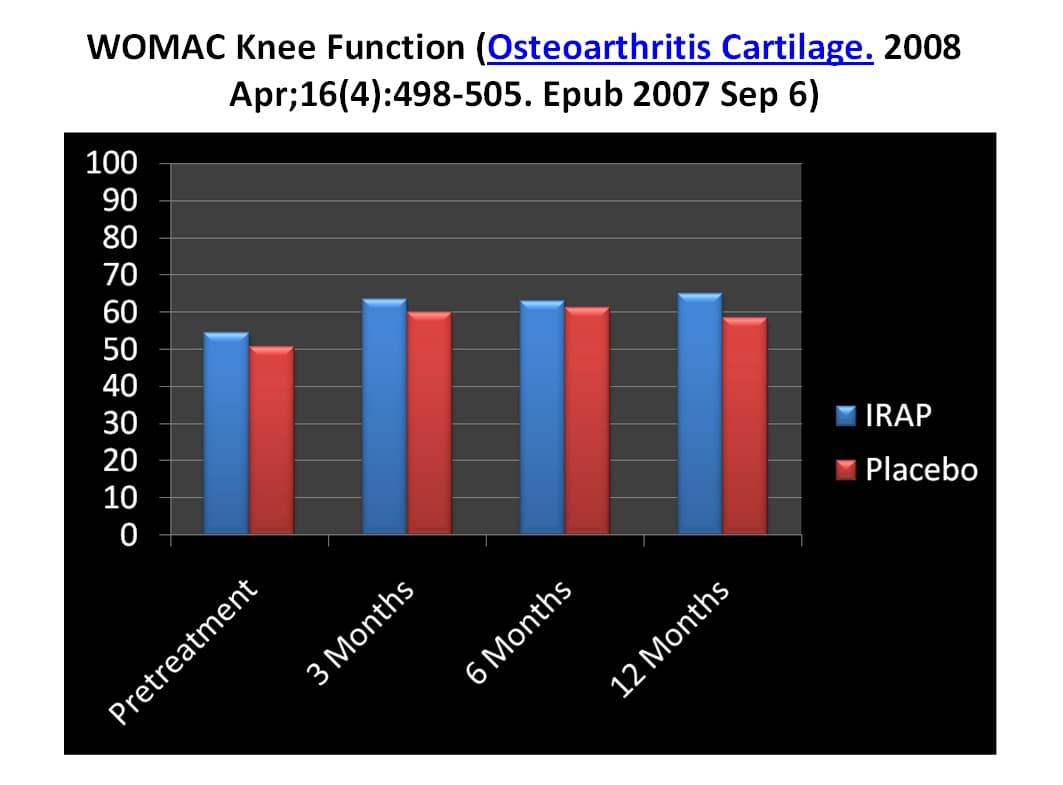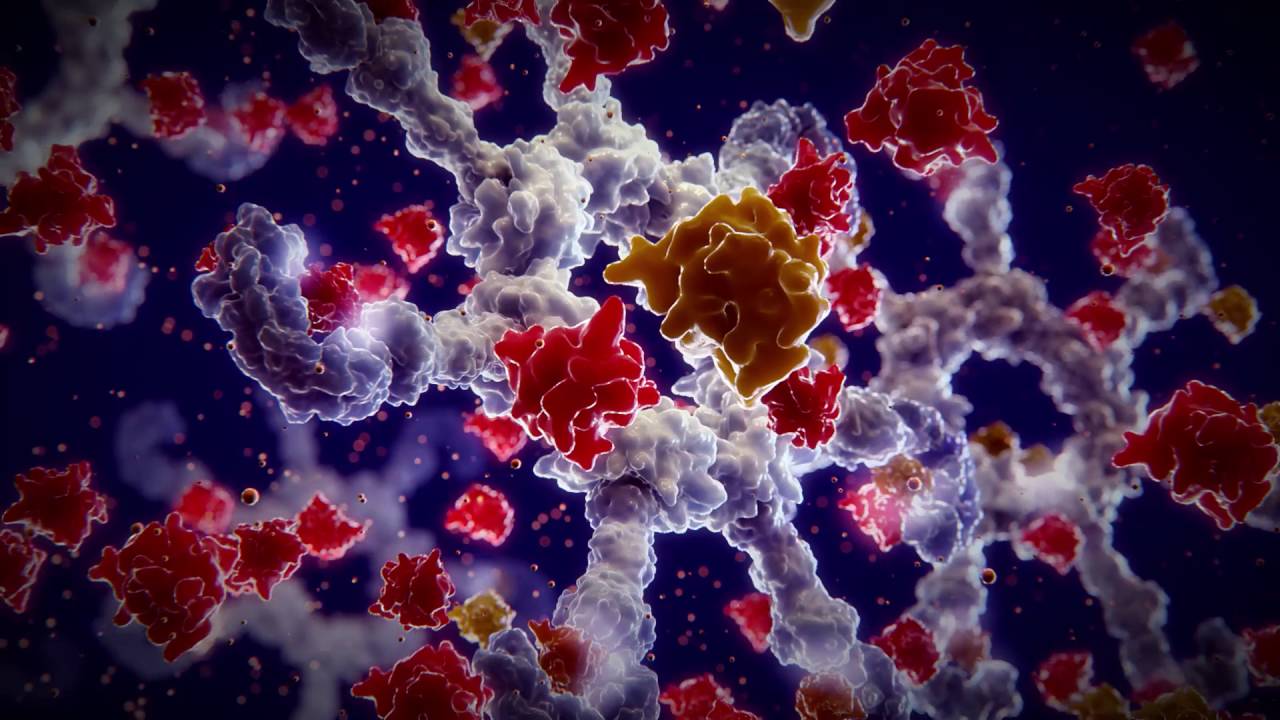Inflammation and pain can be debilitating. Simple chores can be almost impossible. What is Interleukin-1? What is an Antagonist? What is Regenokine therapy? How much does it cost? How effective is it? What are the differences between PRP and Regenokine? Is Regenokine a type of stem cell therapy? Let’s dig in.
What Is Interleukin-1?
Inflammation can create significant pain and swelling. There are a number of small proteins that can cause inflammation. Interleukin-1 is one such example (1). Interleukin 1 is produced by white blood cells and plays a significant role in creating inflammation in the body.
What Is an Antagonist
An antagonist is an agent that blocks the action or effect of another substance. Narcan also known as naloxone is a classic example as it blocks the effects of all narcotics. It is used extensively in the treatment of narcotic overdoses.
What Is Regenokine Therapy?
Regenokine is a rebranding of an old technology called Orthokine (2). It is a medical procedure developed and used in Germany in which anti-inflammatory factors are removed from a patient’s blood and injected into painful areas. The principal anti-inflammatory factor is called IRAP which stands for Interleukin Receptor Antagonist Therapy (3). It is obtained by taking the serum from blood and incubating it with zinc etched glass beads. Interleukin-1 is a powerful protein that causes inflammation. An antagonist is an agent that blocks the effect of another substance. So IRAP is simply a powerful protein that blocks inflammation. It has been used extensively in veterinary medicine.
How Much Does Regenokine Cost?
Costs for Regenokine treatment vary depending upon the number of areas treated, equipment, facilities used in the re-injection, and clinical experience. The average cost is approximately $10,000 USD.
How Effective Is It?
There is little published literature on Regenakine. One review article with animal models demonstrated that IRAP can control swelling and possibly retard the advancement of arthritis (5). Unfortunately there were no human studies to confirm this claim. In a different study, 167 patients with known knee arthritis were divided into two groups. One group received IRAP intra-articular injections whereas the other group received placebo injections. The results are shown in the graph below. On the horizontal axis is time measured in months whereas the vertical axis is % improved. There was no statistical difference between the two (6). In addition, two serious adverse events were observed with the IRAP group which included infection and severe inflammatory reaction.

PRP vs Regenokine: Understanding the Difference
There is one similarity between PRP and Regenokine. Both involve the removal and processing of a patient’s own blood. The differences however are significant and important to understand. Regenokines takes serum from blood and incubates it with zinc etched glass beads. This produces IRAP which is an anti-inflammatory agent. PRP, on the other hand, concentrates platelets. PRP contains many growth factors that can accelerate healing and repair. PRP can also slow the progression of mild osteoarthritis (6).
3 Amazing Facts That You Did Not Know
- Regenokines do NOT contain stem cells. Hence, Regenokine is NOT stem cell therapy.
- Regenokines use IRAP which is ONLY an anti-inflammatory agent. It can NOT repair or heal the underlying injury.
- PRP contains growth factors that can reduce inflammation AND accelerate the healing and repair of a given injury.
In Conclusion
Interleukin-1 is a protein that causes inflammation and pain. Regenokine is a rebranding of an old technology called Orthokine. It uses a patient’s own blood to create IRAP which is a powerful anti-inflammatory agent. Regenokine is not stem cell treatment and can not repair an injury. PRP also uses a patient’s own blood and concentrates the platelets which contain growth factors. Growth factors can reduce inflammation and accelerate the healing and repair of an injury. The comparison is easy. Regenokine can treat inflammation whereas PRP can treat inflammation and accelerate repair and healing. There is no reason to live in the past. If your dreams or passions are limited by pain or injury please schedule a Telemedicine consult in which a board-certified, fellowship-trained physician can review your nonsurgical, natural treatment options.
1.Kaneko N, Kurata M, Yamamoto T, Morikawa S, Masumoto J. The role of interleukin-1 in general pathology. Inflamm Regen. 2019;39:12.
2.Wolfstadt JI, Cole BJ, Ogilvie-Harris DJ, Viswanathan S, Chahal J. Current concepts: the role of mesenchymal stem cells in the management of knee osteoarthritis. Sports Health. 2015;7(1):38-44.
3.Alvarez-Camino JC, Vázquez-Delgado E, Gay-Escoda C. Use of autologous conditioned serum (Orthokine) for the treatment of the degenerative osteoarthritis of the temporomandibular joint. Review of the literature. Med Oral Patol Oral Cir Bucal. 2013;18(3):e433-8.
4..Fox BA, Stephens MM. Treatment of knee osteoarthritis with Orthokine-derived autologous conditioned serum. Expert Rev Clin Immunol. 2010;6(3):335-45.
5.Auw Yang KG, Raijmakers NJ, van Arkel ER, et al. Autologous interleukin-1 receptor antagonist improves function and symptoms in osteoarthritis when compared to placebo in a prospective randomized controlled trial. Osteoarthr Cartil. 2008;16(4):498-505.
6. Cook CS, Smith PA. Clinical Update: Why PRP Should Be Your First Choice for Injection Therapy in Treating Osteoarthritis of the Knee. Curr Rev Musculoskelet Med. 2018;11(4):583-92.
